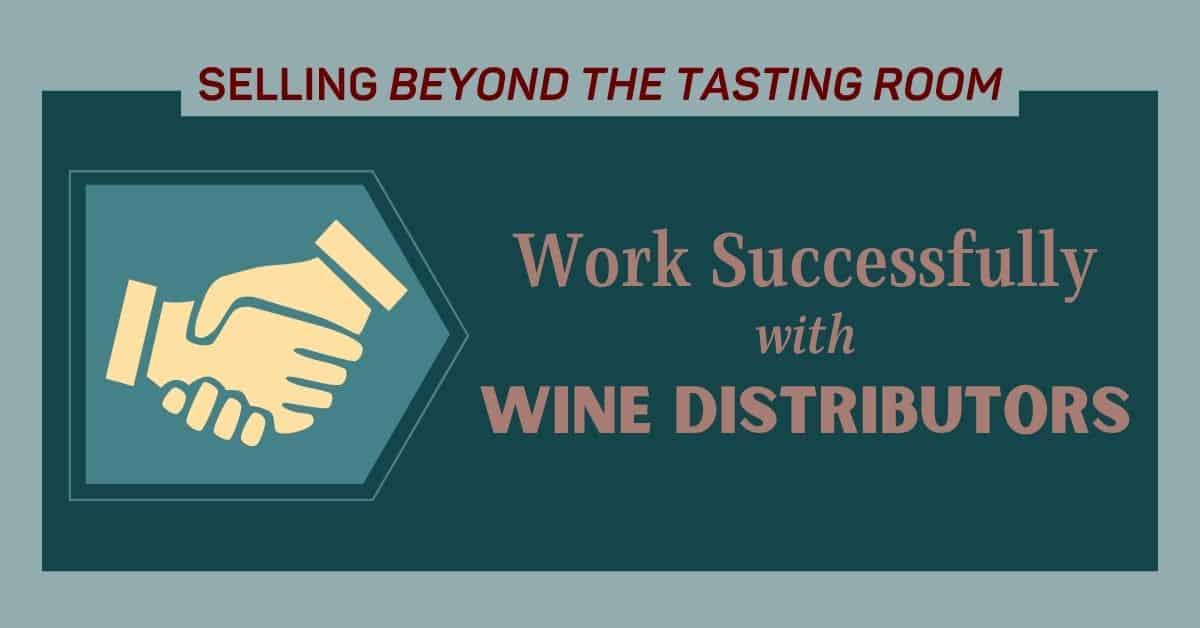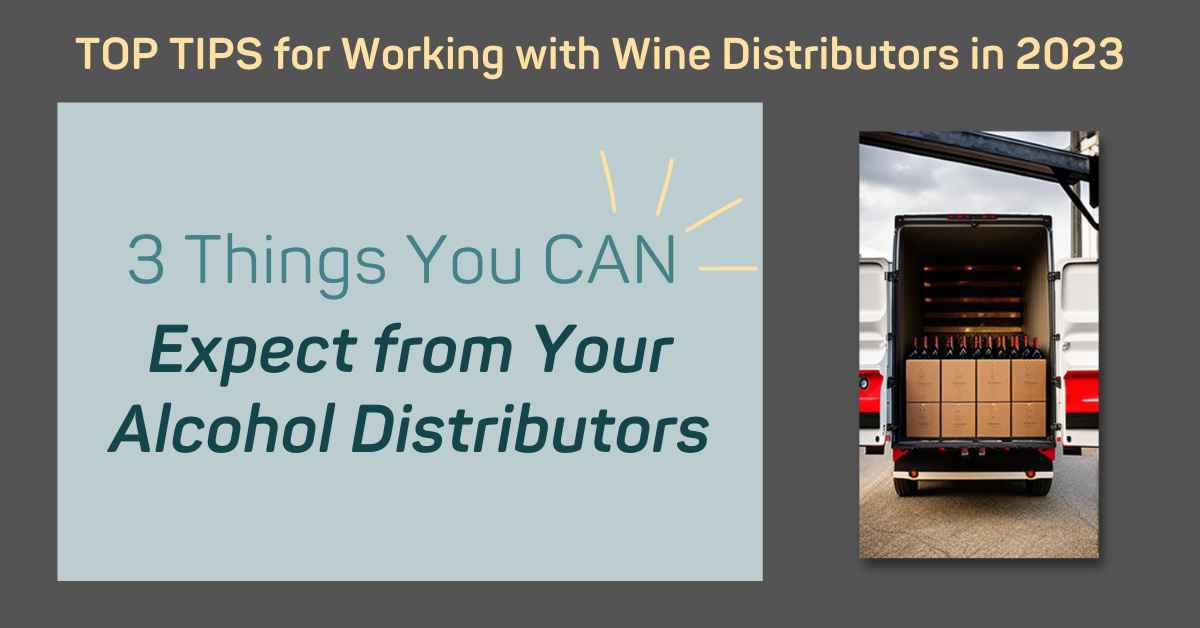How to Work with Wine Distributors in the New Digital 3 Tier System
Thanks to the pandemic, the rise of online wine ordering, dramatically increased competition. Wineries everywhere need to learn to sell beyond their...
4 min read
 Ben Salisbury
:
3/17/23 7:25 PM
Ben Salisbury
:
3/17/23 7:25 PM
If there is anyone out there who thinks the three-tier system will ever go away in the US Market, I would like to ask for a puff of whatever it is you’re smoking.

Wishing that the three-tier system as we know it would implode is a fun and entertaining mental pursuit. Expecting it to change, however, is pure lunacy especially if the Wine & Spirits Wholesalers of America has anything to do with it.
But, the three-tier model IS evolving – even as I write this – and that is worth discussing. In fact, it has already evolved quite a bit in the last six years or so and it is remarkable to me how few people are even paying attention to the profound transformation taking place. Luckily, it is possible to readjust your expectations when it comes to working with wine distributors.
So, to help bring everyone up to speed, I’d like to present three powerful shifts taking place right now:
An important distinction needs to be made before we can dive into this topic.
For many wine & spirits brands, the “traditional” model of distribution is the only one they know about. By “traditional,” I’m talking about wholesalers who have a warehouse, a fleet of trucks, and a legion of feet on the street.
But, in 2016 LibDib was launched and a new distribution model was introduced to the world.
| Pros | Cons | |
|
“Traditional” |
|
|
|
LibDib |
|
|
In addition to all of all the pros and cons listed above, there are three key points that deserve extra emphasis:
If you are a small brand owner (or fledgling new brand) you are now aware that seeking a “traditional” three-tier distributor is not your only option. For many of you, this is breaking (and welcome) news. I’m not sure where you’ve been these last few years, but welcome to the present age!
If Total Wine & More did not invent the “winery direct” model, they certainly have perfected it. So much so that it has caused all of their competitors to go and do likewise.
For small brands, startups, and foreign producers, learning and participating in the winery direct (or spirits direct) model is a game-changer!
The only catch (besides submitting to the learning curve) is you must not already have a “traditional” three-tier distributor in place as your new retail partners have their own preferred “clearing distributor” they like to use.
I dare you to research “clearing distributors” on Google. You won’t find much, I can assure you. Engaging in wine & spirits direct deals is very much an “insider knowledge” pursuit and it helps to have someone guide you through the process.
Here is a checklist of things to consider when planning your entry into wine/spirits direct deals:
If you are the type of person who likes to move and act quickly, here is a link to our online course that will teach you how to do these wine and spirits direct deals.
Imagine one of your products just received a great score, accolade or piece of press. What if you knew beyond a shadow of doubt you could put that news right into the inbox of thousands of consumers and hundreds of trade buyers.
This is completely within the grasp of even the tiniest of brands! All you need are these two things:
Whenever I mention email marketing, most people tend to think of “newsletters” or “blasts” to everyone on your email list.
But, neither of these are helpful in executing the single most powerful strategy for selling lots of wine or spirits.
Most wineries and distilleries, unfortunately, are still using email in the same way it was done in the mid 90’s which is the monthly newsletter. They literally do not know what else to do.
But, modern email marketing is the perfect strategy to leverage to speak directly to all of your customers and trade buyers.
Modern email marketing is all about managing the customer journey.
MAJOR POINT HERE: There is a direct relationship to the size and engagement level of your email list to the amount of sales you make every month. This theorem applies equally well to consumers as it does to trade.
In fact, since we are talking about “reimagining wine and spirits distribution, the ability to draw trade buyers to your trade-only email list is essential to your success and to controlling your own destiny.
I would take this even further by saying unless you as a brand owner have the ability speak directly to consumers and trade buyers, you remain dependent on distributors and brokers to sell for you and that is an increasingly precarious situation to be in.
You simply MUST learn to control your own destiny!
I speak to hundreds of wine & spirits brand owners every month and if there is one thing they all have in common, it is a paucity of time to do all the things they want and need to do to grow sales.
This is why my team and I created the Wine Sales Stimulator group membership program.
The program currently has 24 members and is growing rapidly every month. It took nine years to put all of this together and the membership has three critical components:
For a risk-free introduction to the program, feel free to watch one of these free training videos (pre-recorded).
Fast Start Training (pre-recorded webinar)
New Brand Survival Guide (pre-recorded)
The Definitive Guide to Selling More Wine & Spirits (pre-recorded)

Thanks to the pandemic, the rise of online wine ordering, dramatically increased competition. Wineries everywhere need to learn to sell beyond their...
.jpeg)
The Advent of "Digital 3-Tier" At our 8-year old consulting firm, we help mostly small wine and spirits producers. We also assist small importers. ...

When it comes to working with alcohol distributors in 2023, one of the biggest mistakes I see winery and distillery owners make is depending too much...